Chris L T521
Gold Member
MHB
- 913
- 0
Here is the question.
Here is a link to the question:
Centroid of x+y=2 x=y^2? - Yahoo! Answers
I have posted a link there to this topic so the OP can find my response.
Centroid of x+y=2 x=y^2?
Here is a link to the question:
Centroid of x+y=2 x=y^2? - Yahoo! Answers
I have posted a link there to this topic so the OP can find my response.

